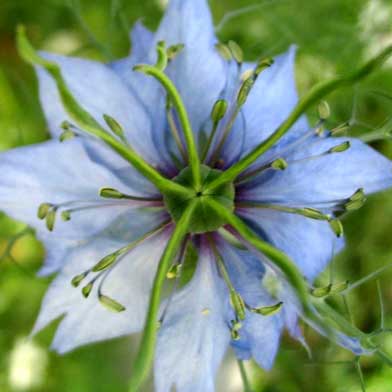 In part two of an answer to a reader’s question about beneficial insects I look at ways to attract them into your garden.
In part two of an answer to a reader’s question about beneficial insects I look at ways to attract them into your garden.
Attracting beneficial insects is an unproven science. There isn’t a definitive plant that always attracts a specific beneficial insect. There are, however, very specific ways to create a garden space that encourages healthy plant growth while minimizing harmful pest damage, and potentially increasing your chance of attracting beneficial insects. Or, more simply, the best way to attract ladybugs is not with flowers, but with an infestation of the aphids.
The difference between success and failure is having plants strong enough to resist major damage until the migratory ladybugs arrive. Therefore, your soil is the key to your plants’ ability to resist major damage, not the flowers planted in it. I cannot emphasize this point enough.
In my garden I keep many different varieties of native plants and flowering annuals, not just for their beauty, but also to create a healthy ecosystem. By planting a variety of flowering plants along with vegetables I have a well balanced garden, and by adding compost every time I plant anything I have created an extremely rich soil and therefore stronger, healthier plants.
I monitor my vegetables weekly to catch potential infestations early, and I also hand pick every snail, slug, earwig, sow bug, and aphid I see. These are the keys to success in your garden.
Attracting beneficial insects into the garden using flowering perennials is a nice idea, but waiting for help to arrive can mean the loss of your crop. However, creating a healthy ecosystem in your backyard is entirely possible with a lot of compost, hard work, and careful observation.









